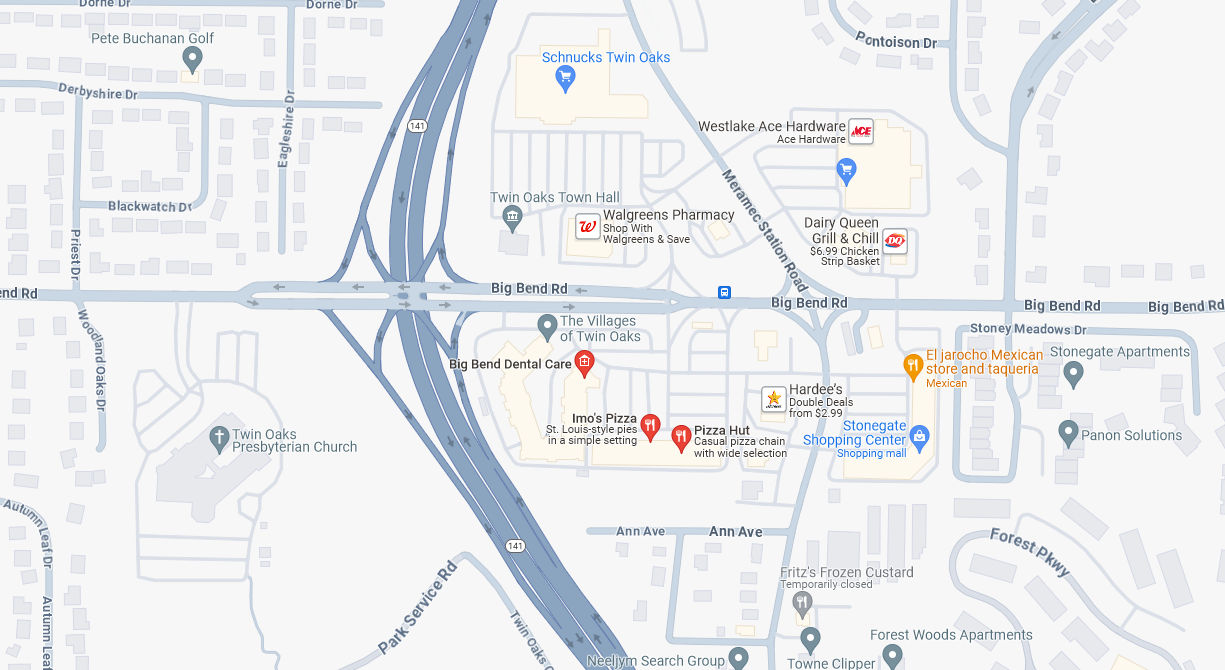Sleep Apnea Treatment
in St. Louis MO
Alternative to CPAP: Custom Oral Appliance Therapy by Dr. Kevin F. Postol
If you suffer from obstructive sleep apnea (OSA) or chronic snoring and have been unable to tolerate a CPAP machine, you are not alone. Many patients find CPAP therapy uncomfortable or inconvenient. Fortunately, there is an effective and more comfortable alternative: Oral Appliance Therapy. At Gateway Center for Sleep Apnea & TMJ Therapy in St. Louis, Dr. Kevin F. Postol specializes in custom oral appliances that can significantly improve your sleep and overall quality of life.
Call us Today!
What Is Oral Appliance Therapy?
Oral appliance therapy uses a small, custom-made device, similar in size and shape to an orthodontic retainer or sports mouth guard, to reposition the lower jaw slightly forward during sleep. This simple adjustment keeps the airway open, reducing or eliminating snoring and managing obstructive sleep apnea.
Unlike CPAP machines that require a mask, tubing, and a power source, oral appliances are:
- Compact and easy to travel with
- Comfortable and non-invasive
- Effective for mild to moderate sleep apnea
- Ideal for patients who cannot tolerate CPAP
Dr. Kevin F. Postol has advanced training in dental sleep medicine, a specialized field that goes beyond general dentistry. His expertise ensures that each oral appliance is fully customized for the patient’s unique anatomy, bite alignment, and severity of sleep apnea.
Why Choose Gateway Center for Sleep Apnea & TMJ Therapy?
Not all dental offices are experienced in treating sleep apnea. Our St. Louis practice offers a unique advantage because we provide four different types of oral appliances to ensure that every patient receives a device suited to their needs.
When selecting an oral appliance, Dr. Postol carefully evaluates:
- Jaw size and range of motion
- Bite alignment and dental health
- Presence of missing or broken teeth
- Tongue and soft palate size
- Clenching or grinding habits during sleep
- The severity of sleep apnea or snoring issues
With this detailed approach, we can recommend the most effective and comfortable solution, improving compliance and long-term results.
Types of Oral Appliances We Offer
1. EMA (Elastic Mandibular Advancement)
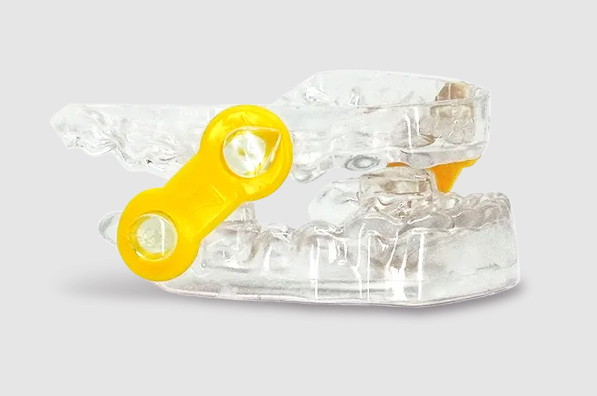
The EMA is a two-piece appliance that uses interchangeable elastic straps on the sides, which allow for gradual adjustments to move the jaw forward. This design is lightweight and less intrusive, making it a good choice for patients with smaller mouths or those concerned about wearing a bulkier device.
Key benefits:
- Thin, flexible design for comfort
- Adjustable in five strap lengths and flexibilities
- Less intrusive for patients who are new to oral appliance therapy
Considerations:
- Not as durable as some alternatives
- Limited adjustability compared to other models
2. Dorsal Oral Appliance
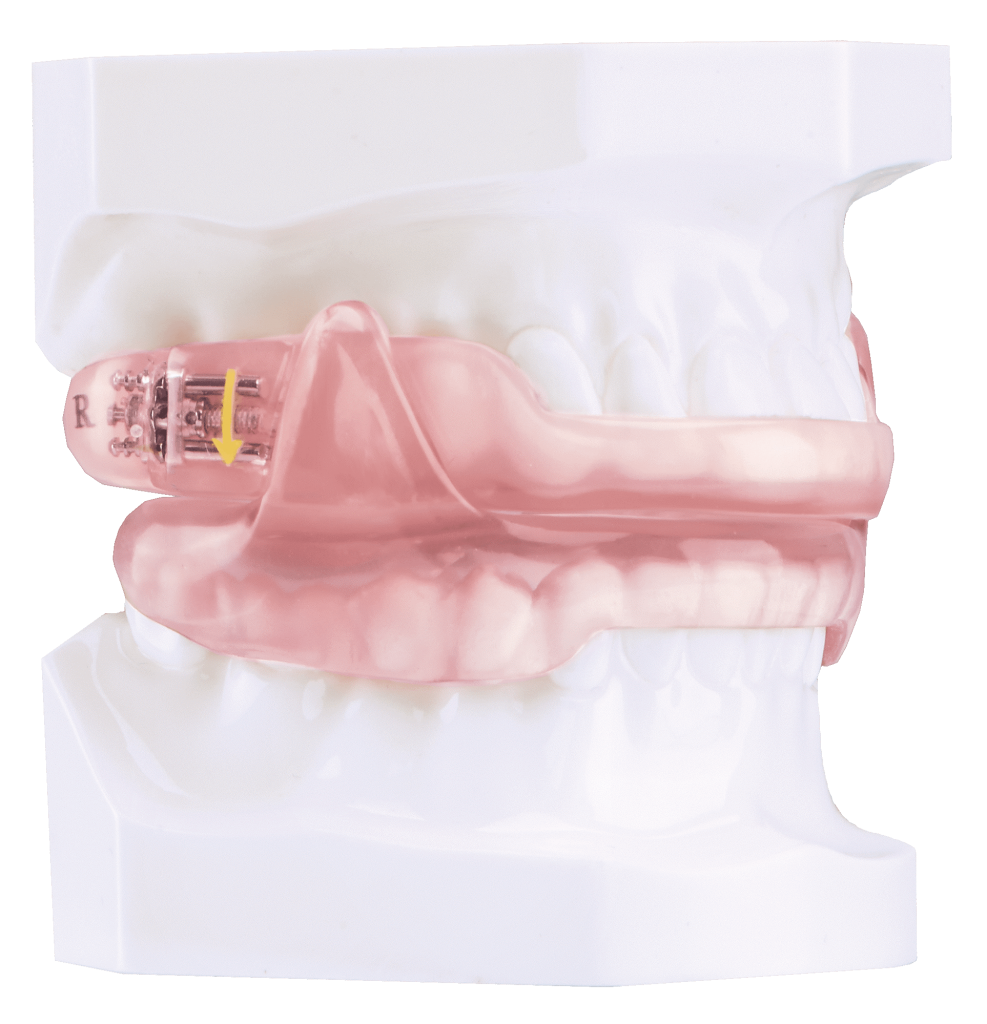
This durable two-piece appliance features wing-shaped connectors that allow jaw advancement without restricting movement. It is particularly suitable for patients who clench or grind their teeth at night. Adjustments are made with a simple screw mechanism, and optional elastics help maintain jaw positioning throughout the night.
Key benefits:
- Strong, durable nylon design
- Ideal for teeth grinders and clenchers
- Allows natural mouth movement for increased comfort
3. TAP® 3 Appliance
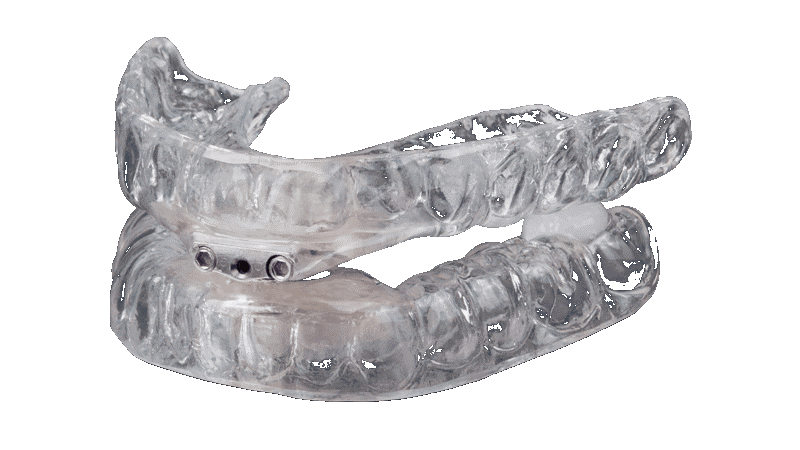
The TAP® 3 is one of the most widely used oral appliances for sleep apnea, suitable for mild to severe cases. Its hook and socket mechanism connects the upper and lower jaws, with a small key allowing easy, incremental adjustments while the appliance is in place.
Key benefits:
- Highly adjustable for precision fit
- Proven compliance rate of 95 percent
- Easy for patients to self-adjust for comfort and optimal results
4. Oral Appliance Herbst (SUAD)
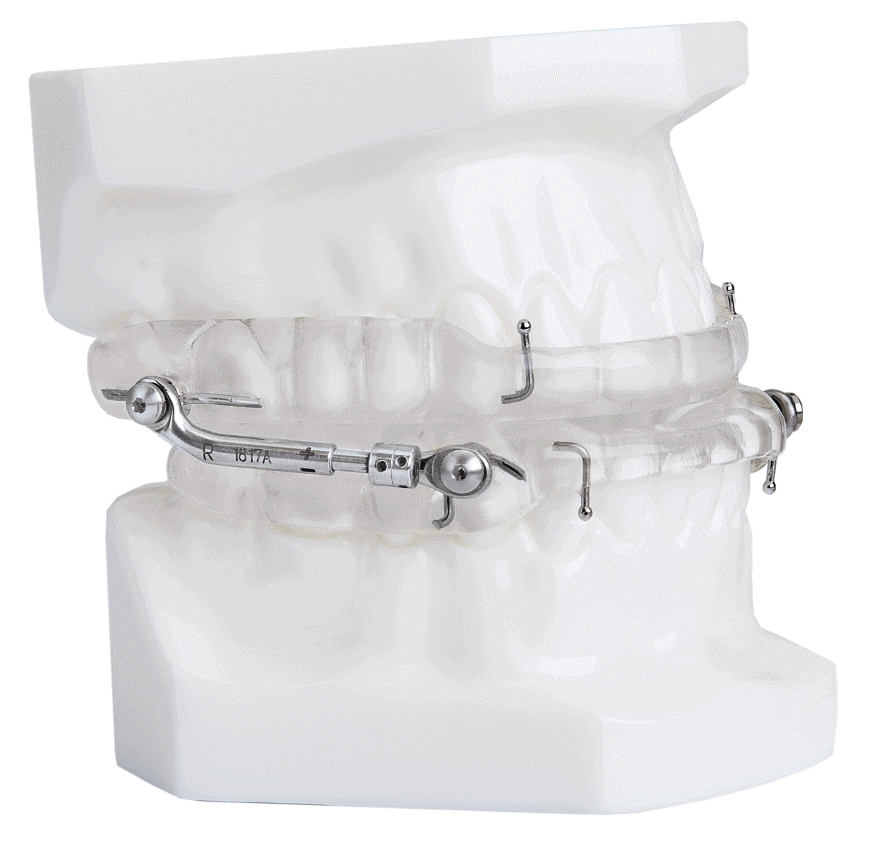
The SUAD appliance is constructed from heat-sensitive acrylic and reinforced with a metal framework. The Herbst mechanism allows significant freedom of jaw movement, making it a top choice for patients who grind their teeth heavily. Small elastics keep the jaw from dropping open, ensuring proper airway support throughout the night.
Key benefits:
- Durable metal framework for strength
- Comfortable design for heavy teeth grinders
- Substantial freedom of jaw movement for a more natural feel






What a great experience! EVERY ONE was so friendly and kind. It’s so wonderful that Dr. Postol takes real one on one time for each patient. It makes you feel comfortable and heard. I appreciated that so much!
Sasha R.

How Effective Is Oral Appliance Therapy?
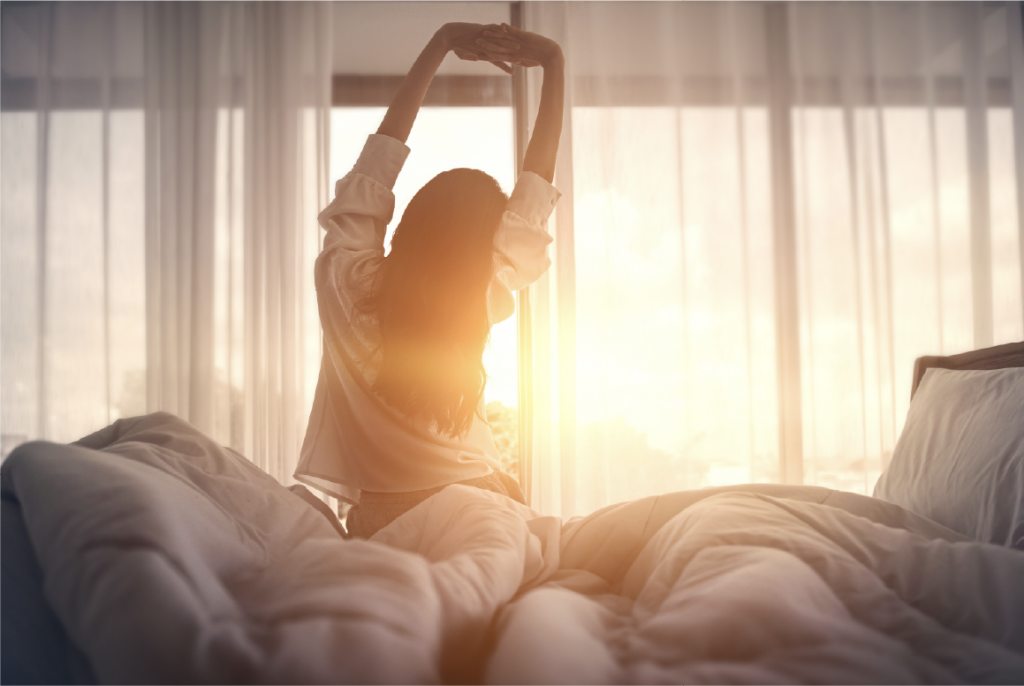
Research consistently shows that oral appliances are highly effective for treating sleep-disordered breathing:
- 85 to 90 percent success rate for patients who snore
- 60 to 75 percent success rate for mild to moderate sleep apnea
- 40 percent success rate for severe sleep apnea cases
Compliance rates with oral appliances are also significantly higher than CPAP. Up to 40 to 60 percent of CPAP users abandon their therapy due to discomfort or inconvenience, while oral appliance users often experience compliance rates approaching 100 percent.
The American Academy of Sleep Medicine (AASM) recommends oral appliance therapy as:
- A first-line treatment for primary snoring and mild obstructive sleep apnea
- A secondary treatment for moderate to severe sleep apnea when CPAP is not tolerated or when surgery is not an option
Who Should Consider Oral Appliance Therapy?
You may be a candidate for oral appliance therapy if you experience:
- Loud, chronic snoring
- Mild to moderate obstructive sleep apnea
- CPAP intolerance or non-compliance
- Frequent travel that makes CPAP impractical
- The need for combination therapy with CPAP
If you have previously undergone surgery for sleep apnea and continue to experience symptoms, oral appliance therapy may also be an effective solution.
Adjusting to Your Oral Appliance
As with any treatment, there can be an adjustment period. Some patients may experience temporary side effects, such as:
- Mild jaw tension or soreness
- Gum or tooth discomfort
- Excessive salivation or dry mouth
- Minor bite changes
- Clicking or popping in the temporomandibular joint (TMJ)
These effects usually subside as you adapt to wearing the appliance. However, if symptoms persist, adjustments can be made to ensure optimal comfort. Rare side effects can include permanent bite changes or loosening of dental restorations, which is why regular follow-up with Dr. Postol is essential.
Surgical Alternatives to Oral Appliance Therapy
Surgery is typically considered a last resort for sleep apnea, as the results may not be permanent. The aging process often causes tissues in the throat to relax again, recreating airway blockages.
Common surgical procedures include:
- Uvulopalatopharyngoplasty (UPPP), which removes excess throat tissue to widen the airway
- Laser-assisted uvulopalatoplasty, which uses laser technology but is not approved by the AASM for treating sleep apnea due to inconsistent results
Because oral appliance therapy is non-invasive, reversible, and highly effective, it remains a preferred option for many patients.
Sleep Better, Live Better: Schedule Your Consultation
At Gateway Center for Sleep Apnea & TMJ Therapy, we are committed to helping patients in St. Louis and surrounding areas find relief from snoring and sleep apnea without the discomfort of a CPAP machine.
If you are ready to improve your sleep, reduce snoring, and wake up feeling refreshed, schedule an appointment today with Dr. Kevin F. Postol. Together, we will determine if oral appliance therapy is the right solution for you and customize a treatment plan tailored to your needs.
Contact us today to schedule your consultation.
Are you tired
of being tired?
Download the first chapter for free
or get your copy of the book today!
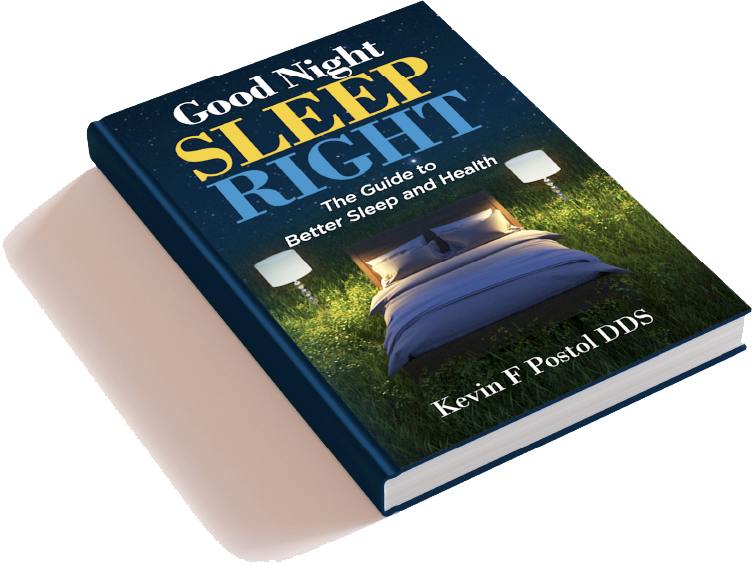
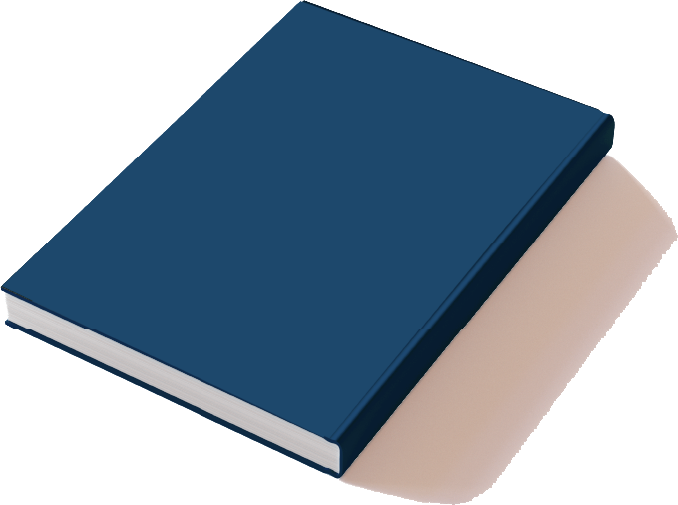
Call or Text!
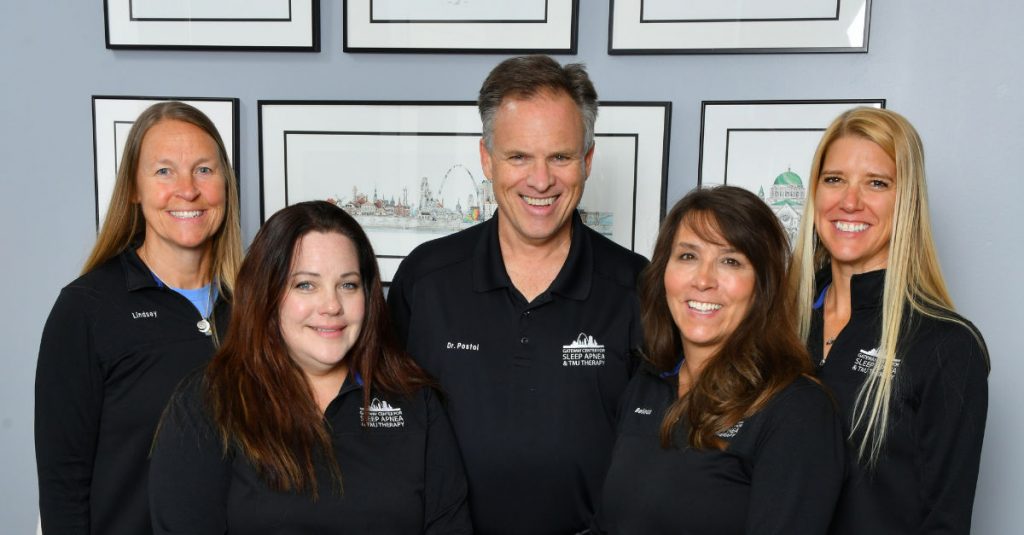
1338 Big Bend Road
Twin Oaks, MO 63021
